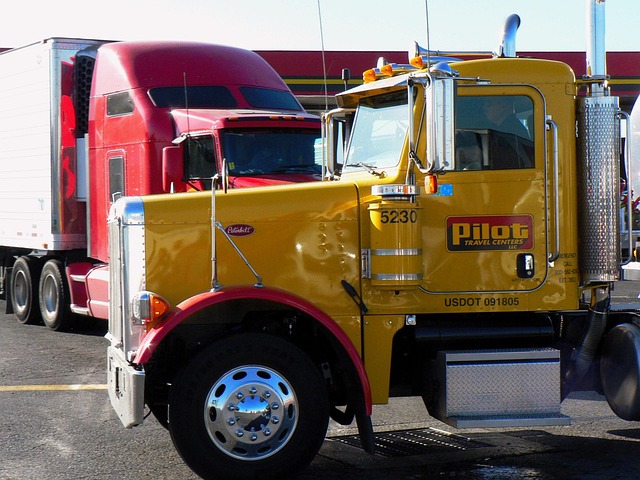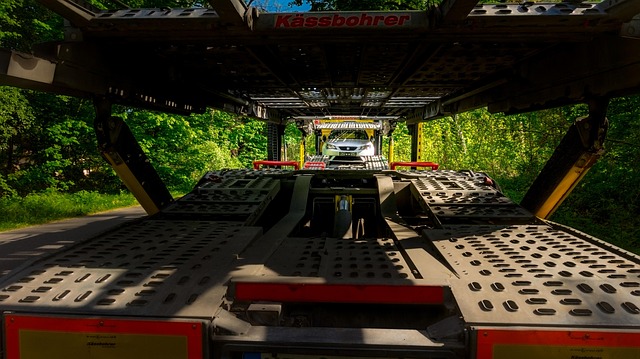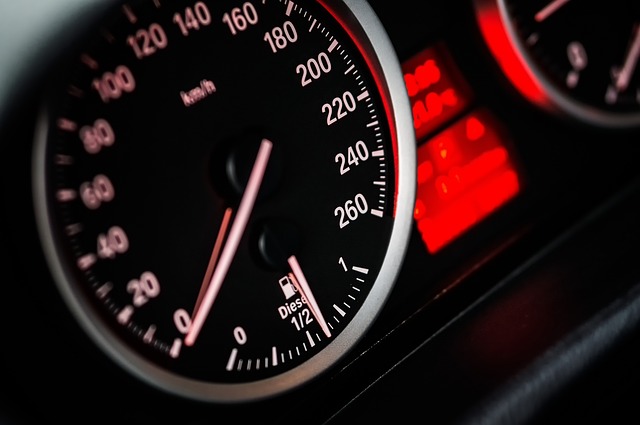Looking to register your car in California? This comprehensive guide will walk you through the process, ensuring a smooth experience. From understanding essential requirements for car registration in California to navigating the DMV VIN verification step, we’ve got you covered. Learn what documents to gather, prepare your vehicle for inspection, and visit a local DMV office. Plus, discover post-registration tasks like insurance, tags, and maintaining vital vehicle records.
- Understand the Requirements for Car Registration in California
- Gather Necessary Documents for DMV VIN Verification
- Prepare Your Vehicle for Inspection and Title Transfer
- Visit a California DMV Office for Registration and Title Update
- Post-Registration Steps: Insurance, Tags, and Maintaining Your Vehicle Records
Understand the Requirements for Car Registration in California

Before registering your car in California, it’s crucial to understand the requirements and necessary steps. The California Department of Motor Vehicles (DMV) mandates several key components for car registration, including a valid vehicle identification number (VIN) verification. This process ensures that all vehicles on California roads meet safety standards and are properly identified.
One efficient method to facilitate this verification is through mobile VIN inspection services, which allow you to confirm your car’s details remotely. By providing your VIN to a trusted mobile vin verification service, you can streamline the initial registration process. This approach saves time by eliminating the need for physical visits to DMV offices, especially during peak hours when navigating the bureaucracy might be challenging.
Gather Necessary Documents for DMV VIN Verification

Before heading to the California DMV for registration, ensure you gather all the necessary documents required for a successful dmv vin verification. This process is crucial to establishing the vehicle’s history and authenticity. You’ll need the standard paperwork, such as proof of ownership, insurance, and identification. Additionally, the vehicle’s unique Vehicle Identification Number (VIN) must be accessible. The VIN can typically be found on a plate attached to the dashboard or door frame.
For a smoother process, consider utilizing mobile vin inspection or mobile vin verifier services that can provide immediate digital verification of the VIN. These services not only save time but also offer peace of mind by ensuring all details are accurate before you visit the DMV.
Prepare Your Vehicle for Inspection and Title Transfer

Before heading to the California DMV (Department of Motor Vehicles) for registration, it’s crucial to prepare your vehicle for both the inspection and title transfer processes. Start by ensuring that all necessary paperwork is in order, including your vehicle’s title and proof of insurance. Next, conduct a thorough check of your car’s exterior and interior, addressing any outstanding repairs or maintenance issues. This includes checking the tires, lights, brake lights, and windshield wipers to ensure they’re all functioning properly.
Additionally, you’ll need to facilitate a DMV-required VIN (Vehicle Identification Number) verification, often best done through a mobile vin inspection service. These services provide convenient and accurate VIN inspections, allowing for a smoother title transfer process. By having your vehicle’s history and current condition ready, you can expedite the registration procedure at the DMV, saving time and potential headaches.
Visit a California DMV Office for Registration and Title Update

To register your car in California, a trip to a DMV office is an essential step. Bring all required documents, including proof of ownership and identification. The staff will guide you through the process, which involves updating your vehicle’s title and registering it with the state. One crucial aspect of this process is the DMV VIN verification, ensuring that the vehicle’s unique identifier matches the details in your records.
At the DMV, you can also opt for a mobile vin inspection or utilize a mobile vin verifier service to simplify the process further. This allows you to verify your car’s history and ensure everything is in order before completing the registration. It’s a straightforward procedure that plays a vital role in maintaining accurate vehicle records in California.
Post-Registration Steps: Insurance, Tags, and Maintaining Your Vehicle Records

After successfully registering your vehicle with the DMV, there are several crucial post-registration steps to complete to ensure your car is legally compliant and properly maintained. One of the most essential aspects is obtaining insurance coverage. In California, all vehicles must have valid auto insurance before they can be operated on public roads. You’ll need to shop around for a policy that meets the state’s minimum liability requirements and aligns with your personal needs.
Additionally, you’ll want to obtain license plates (tags) from the DMV. These tags are essential not only for identification but also for displaying your vehicle’s registration status. Regularly updating your vehicle’s registration and ensuring accurate record-keeping is vital. Consider utilizing a mobile vin verification service or performing a VIN inspection through an authorized provider to keep track of maintenance records, ownership changes, and any future modifications made to your car, making it easier to maintain compliance with California’s regulations.
Registering a car in California involves several straightforward steps, from understanding the requirements to completing the DMV VIN verification process. By gathering all necessary documents, preparing your vehicle for inspection and title transfer, and visiting a local DMV office, you can ensure a smooth registration experience. Post-registration, remember to update your insurance, obtain license plates, and maintain accurate vehicle records for future reference. Following these steps, you’ll have your California car registered in no time.



